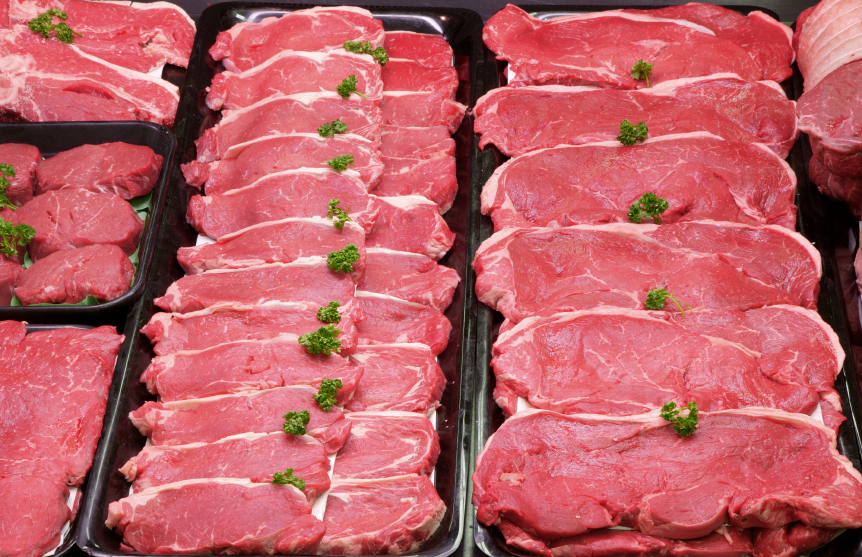
ZIMBABWE’S national beef cattle herd declined by 20% between 2009 and 2020, due to a combination of challenges, chief among them drought, a new document shows.
BY MTHANDAZO NYONI
Government, through its newly launched economic blueprint, the National Development Strategy 1 (NDS1), revealed that livestock herd sizes, nationally, declined by about 20% for beef, over 83% for dairy, and 26% and 25% for pigs and small ruminants respectively, between 2009 and 2020.
The national beef cattle herd, according to a report written by the Livestock and Meat Advisory Council’s livestock economics and policy liaison lead expert Reneth Mano, stands at 5,7 million.
“Furthermore, the productivity of smallholder cattle herds remains very low, with average calving rates of about 45% against a potential of 60% and off-take rates of about 6% against a recommended 20%,” the NDS1 said.
Five major cattle-producing provinces — Manicaland, Masvingo, Matabeleland South, Matabeleland North and Midlands — have been experiencing drought-induced cattle deaths for the past decades.
These provinces account for 80% of the national beef cattle herd.
According to Mano, about 1,8 million cattle in Zimbabwe’s smallholder communal and A1 farming areas with an estimated market value of US$942 million, are at risk of being wiped out by drought-induced starvation this year.
- Chamisa under fire over US$120K donation
- Mavhunga puts DeMbare into Chibuku quarterfinals
- Pension funds bet on Cabora Bassa oilfields
- Councils defy govt fire tender directive
Keep Reading
The blueprint acknowledged that the agriculture sector in general was currently faced with challenges such as inadequate financing, short-term financing and high operating costs.
The sector also faces challenges such as high financing costs, pricing distortions, variable inputs management, rainfall variability, inadequate investment in the agricultural sector, inadequate irrigation infrastructure and watering points, and huge post-harvest losses.
Livestock production plays an important role in the social, cultural and economic environment of Zimbabwe.
As such, the NDS1 seeks to prioritise animal health and production through strengthening farmer knowledge, skills in livestock production and health so as to enhance productivity through strategies like upscaling hay cutting, development of pasture green belts and creation of forage banks.
It will also promote on-farm feeds formulation using cassava and cow peas to produce survival rations, intensify dipping programmes and prevent the outbreak of animal diseases.
“(NDS1) will create livestock business centres for small stocks (goats, sheep, pigs) based on the hub and spoke model; strengthen pass-on schemes for dairy and small stock producers and increase watering points for livestock,” the blueprint reads.
NDS1 also would establish a national bull centre and semen processing laboratory to strengthen conservation of animal genetic resources and research and develop stress-tolerant animal breeds.
It would further promote artificial insemination by cascading the programme to A1 smallholder farmers among other programmes.
It would also promote climate-proof livestock production through commercialisation of fish, rabbits, bees and small stock, establish breeding and genetic improvement centres and champion farmers.
“(NDS1 will) harmonise collection of levies in order to reduce the cost of compliance in livestock production, resuscitate the Cold Storage Commission, localise production of livestock inputs and veterinary vaccines and medicines, and establish livestock information management and traceability systems for disease control,” reads the blueprint, which will run until 2025.











